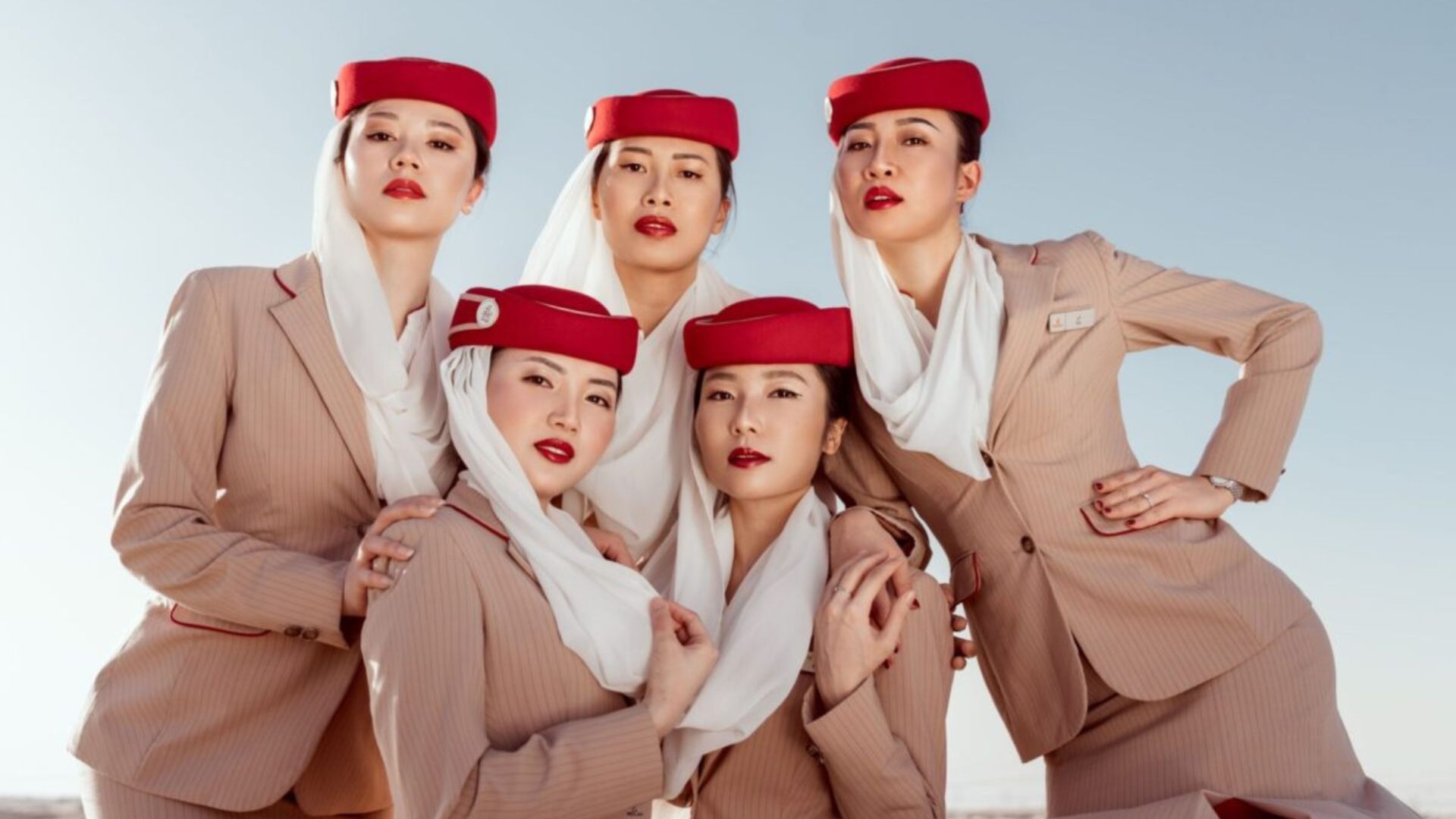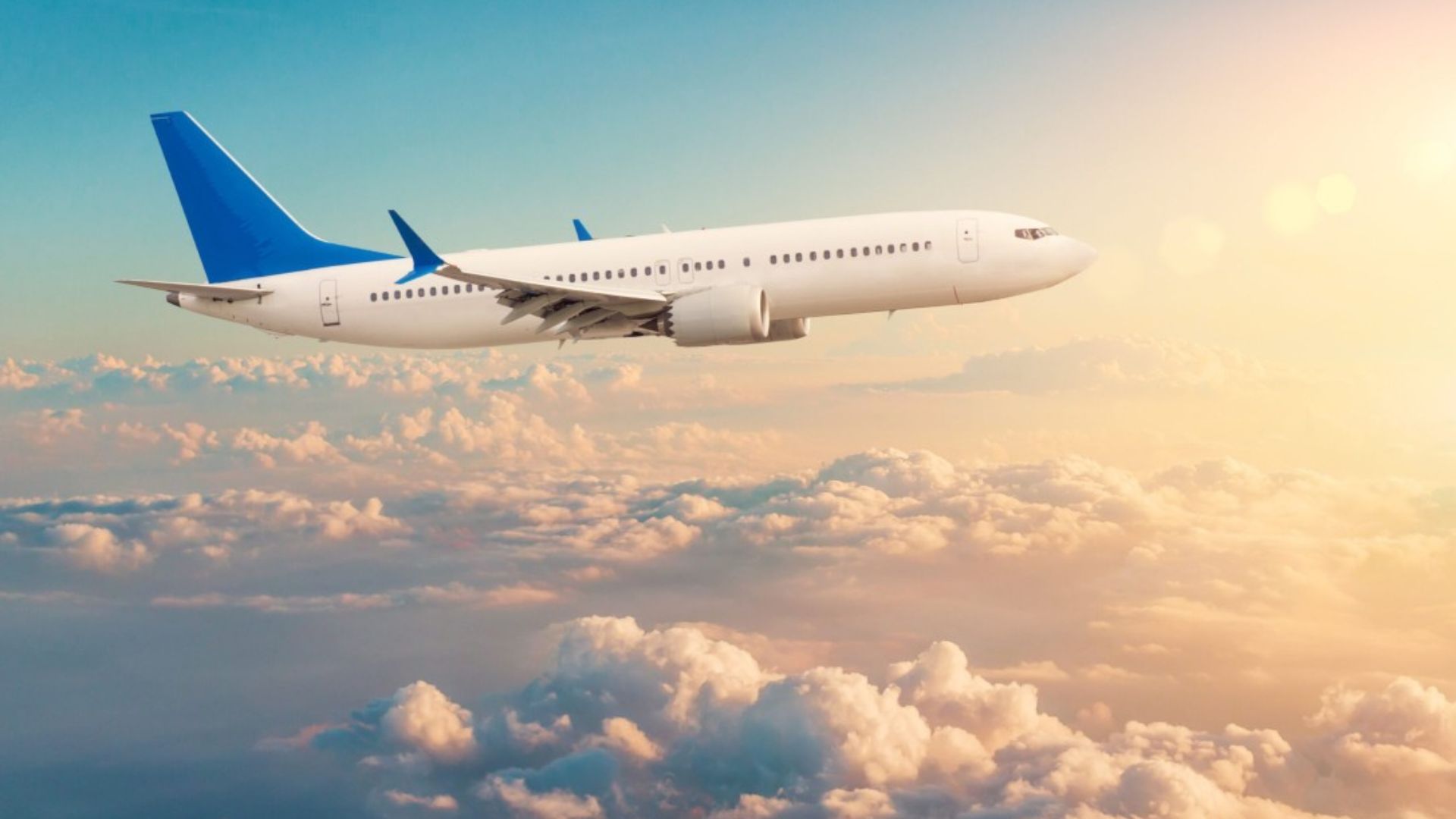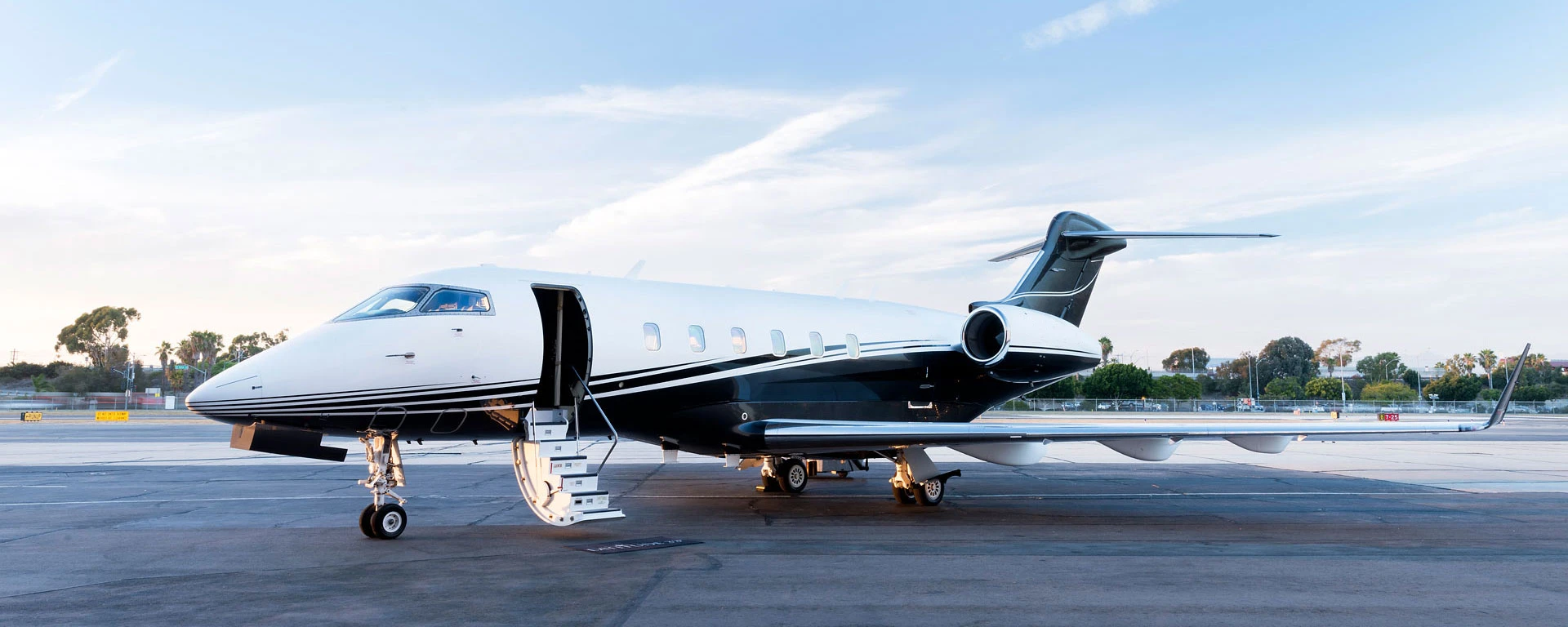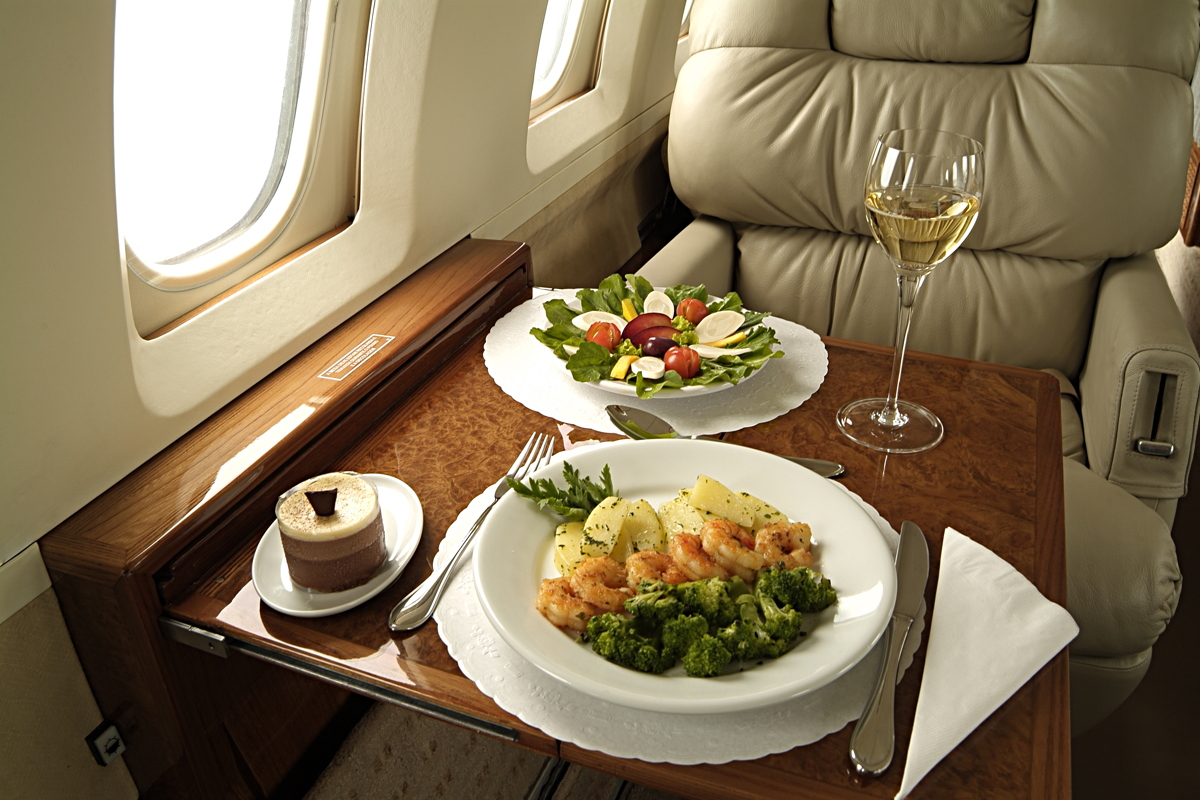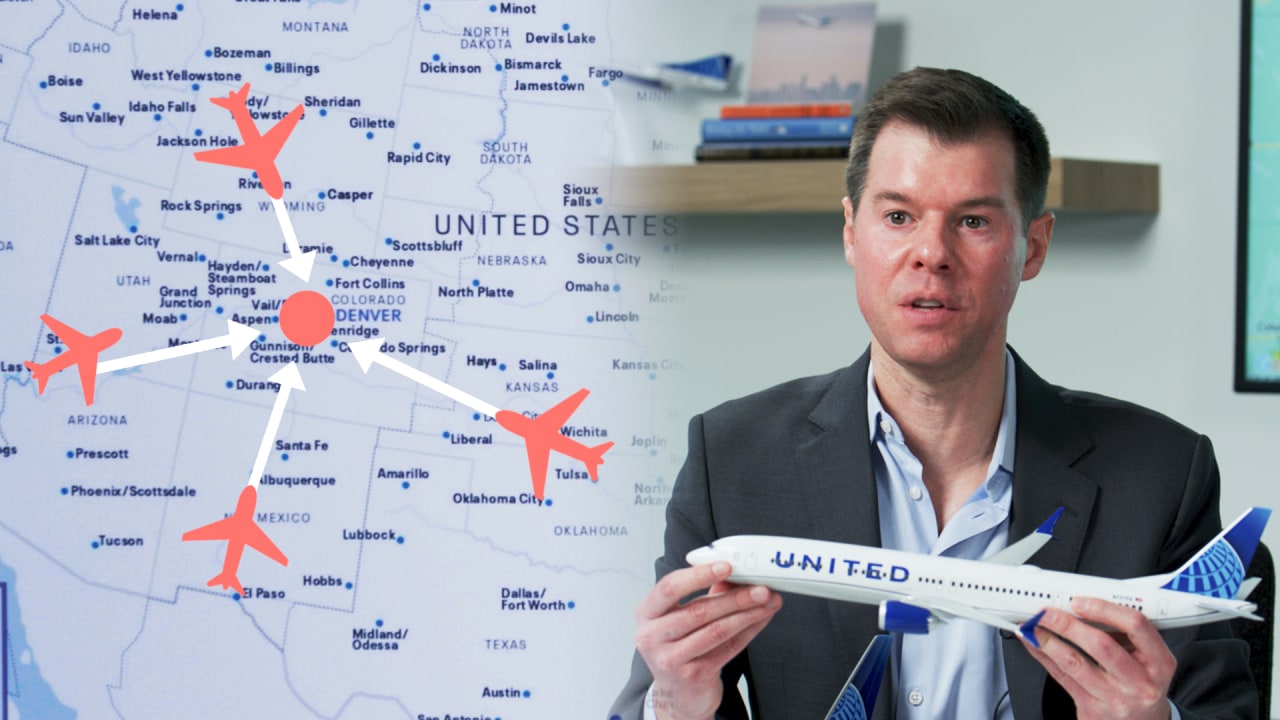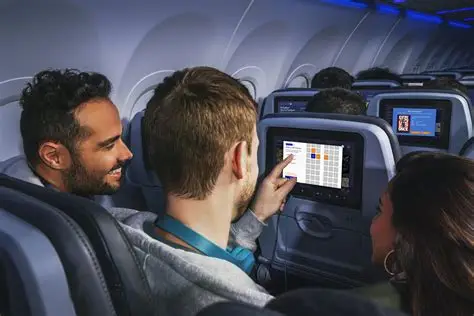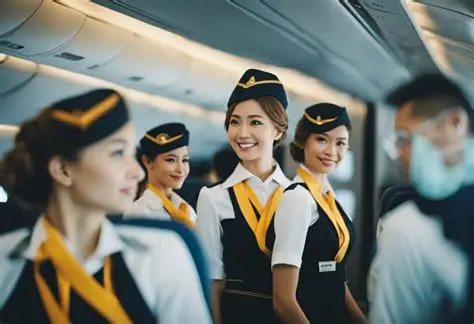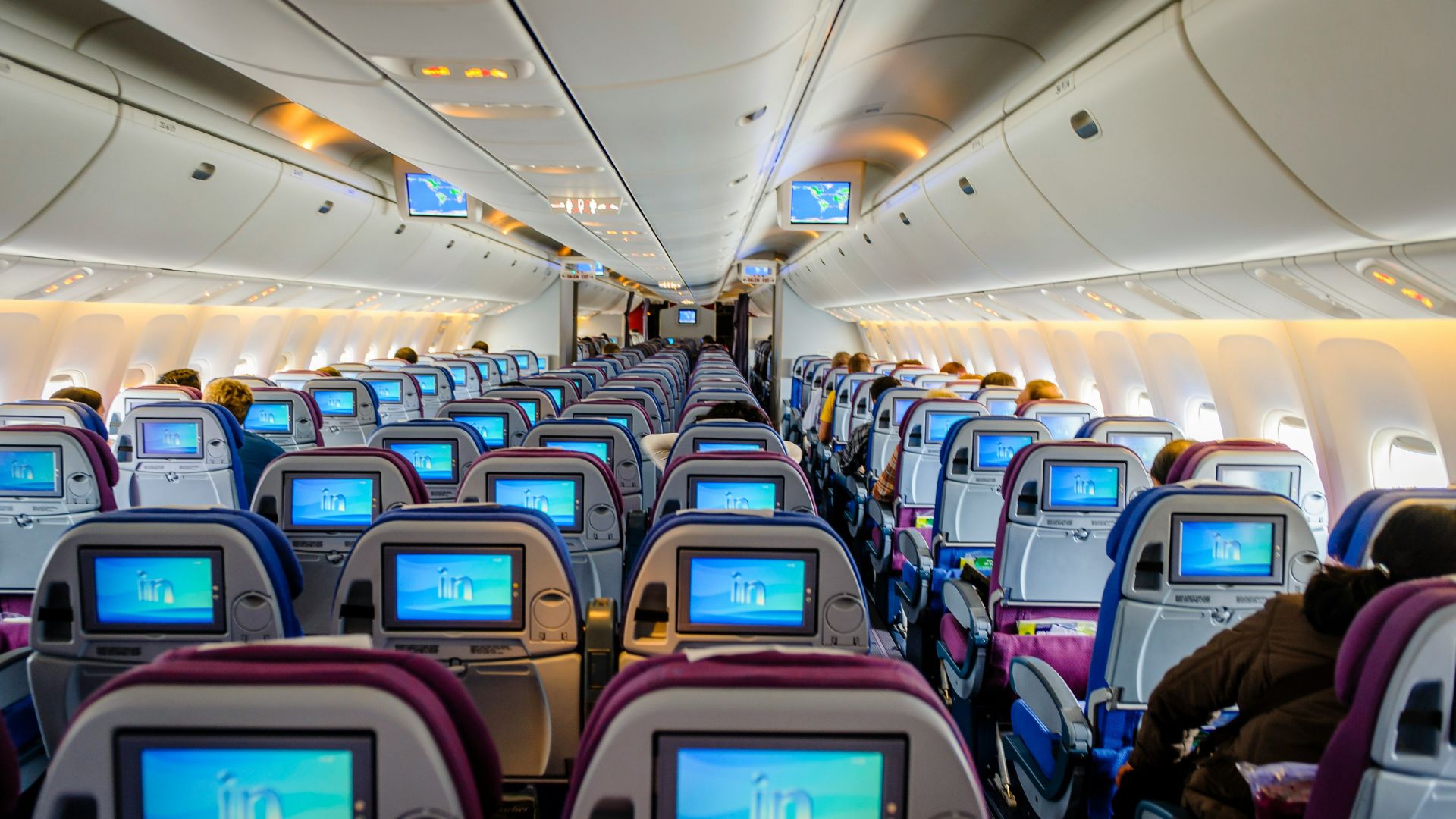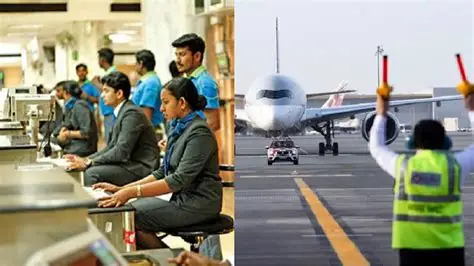When you board an airplane, the cabin crew are the friendly faces greeting you with a smile, offering drinks, and ensuring your safety. But their role is much more complex and demanding than it appears at first glance. Cabin crew are the backbone of the in-flight experience, balancing customer service with safety, emergency preparedness, and teamwork. Let’s explore what cabin crew really do behind the scenes to keep flights safe, comfortable, and efficient.
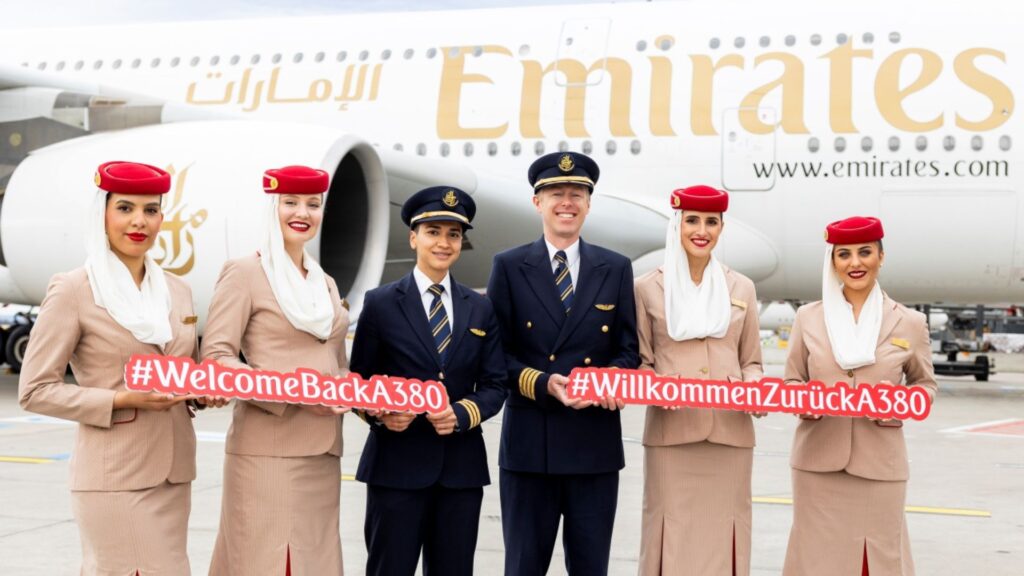
Ensuring Passenger Safety
Safety is the cabin crew’s top priority. Before takeoff, they:
-
Conduct thorough safety checks of the cabin
-
Demonstrate emergency procedures clearly
-
Ensure all passengers comply with seatbelt, electronics, and carry-on policies
During the flight, cabin crew remain vigilant, monitoring the cabin for any unusual behavior or hazards. They are trained to handle emergencies such as medical incidents, decompression, fire, or evacuation, acting swiftly to protect everyone onboard.
Providing Exceptional Customer Service
Cabin crew are frontline ambassadors for the airline. Their customer service duties include:
-
Greeting passengers warmly and assisting with seating
-
Offering food, beverages, and special meal requests
-
Addressing passenger questions, concerns, and requests promptly
-
Managing in-flight sales, duty-free products, and announcements
They must balance efficiency with empathy, especially when dealing with nervous flyers, families with children, or passengers with special needs.
Handling Conflict and Difficult Situations
Not all passengers are easy to please. Cabin crew regularly:
-
Manage disruptive or intoxicated passengers
-
De-escalate conflicts calmly and professionally
-
Enforce safety regulations while maintaining diplomacy
Their training prepares them to maintain a calm atmosphere, protecting the safety and comfort of all travelers.
Performing Pre-Flight and Post-Flight Duties
Behind the scenes, cabin crew also:
-
Inspect emergency equipment and supplies
-
Restock galley items such as food, drinks, and first aid kits
-
Coordinate with ground staff for boarding and disembarkation
These tasks ensure the cabin is prepared for each flight and ready for the next.
Physical and Mental Endurance
Cabin crew work long hours, often crossing time zones. Their job demands:
-
Physical stamina to stand and move in confined spaces for hours
-
Mental resilience to handle stress, jet lag, and high-pressure situations
-
Adaptability to rapidly changing conditions and schedules
Maintaining professionalism despite fatigue is critical to their role.
Cultural Sensitivity and Communication
Serving diverse passengers requires the cabin crew to:
-
Understand cultural customs and sensitivities
-
Communicate effectively across language barriers
-
Show respect and patience in all interactions
This cultural competence enhances passenger comfort and reflects positively on the airline.
Conclusion
Cabin crew do much more than serve drinks and smile. They are skilled professionals juggling safety, service, conflict resolution, and logistics, all while managing the physical and emotional demands of the job. Their dedication behind the scenes ensures every flight is as safe and comfortable as possible.
Next time you fly, take a moment to appreciate the hard work and expertise cabin crew bring to the skies every day.

